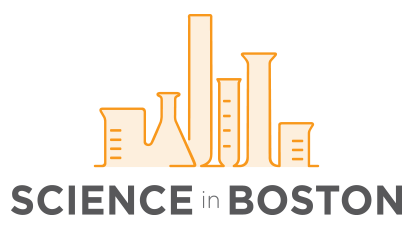This week we profile a recent publication in Science Translational Medicine from Adam Yala (pictured)
in the lab of Dr. Regina Barzilay in the Department of Electrical Engineering and Computer Science, MIT.
Can you provide a brief overview of your lab’s current research focus?
I’m very fortunate to be a PhD student in Regina Barzilay’s lab at MIT. While the lab as a whole spans quite diverse interests, ranging from core natural language processing to drug discovery and clinical AI, I focus on our clinical AI efforts. There, we are developing algorithms that can learn from rich and widely collected medical data, like mammograms or CT scans, to deepen our understanding of cancer. On the oncology side, we are particularly interested in predicting future cancer risk, in order to reduce over-treatment and advance early detection. So far, we’ve developed algorithms for future cancer risk (across breast and lung) and for personalized screening. With each of these models, we aim to introduce algorithmic innovations to make cancer care more precise and more equitable. Our mammography-based model for cancer risk has been clinically implemented at MGH and used to interpret hundreds of thousands of mammograms. On the machine learning side, we’re very interested in developing algorithms that can effectively leverage patients’ temporal progression of imaging and produce meaningful rationales for their predictions.
What is the significance of the findings in this publication?
So, I actually recorded a short video explaining this: https://youtu.be/pCGnRDf0Fmo
To catch cancer earlier, we need to predict who will develop cancer in the future. The tools must be accurate, and it be equitable, showing consistent performance across diverse populations. In our study, we introduce a new mammography-based model for breast cancer risk, Mirai, to capture the unique properties of risk modeling. Our model, which was trained on a large dataset of over 200k mammograms from MGH, significantly outperformed the clinical standard Tyrer-Cuzick (as well as prior deep learning work), and identified almost 2x more cancers in its high risk cohort compared to the current guidelines. It performed consistently across test sets from MGH, Karolinska in Sweden and Chang Gung Memorial Hospital in Taiwan, as well across subgroups by race, age, breast density and cancer subtype. The models consistent accuracy across these diverse populations suggests it has the potential for a broad and equitable improvement in care.
What are the next steps for this research?
We have two kinds of next steps, technical and clinical.
On the technical side, Mirai currently makes its prediction just by looking at a patient’s current mammogram. However, there is a huge wealth of information in how a patient’s mammograms evolved over the years, and we are actively working on models to capture this signal. There are also opportunities to extend this modeling to richer modalities, like tomosynthesis.
On the clinical side, our partners from MGH are actively working on further integrating the model into clinical care. We are also partnering with clinicians from Novant Health in North Carolina, Emory in Georgia, Maccabi in Israel, TecSalud in Mexico, Apollo in India, and Barretos in Brazil to further validate the model on diverse populations and study how to best clinically implement it. We are eager to support new partners on testing Mirai on their own data, and to support prospective clinical trials using it.
This work was funded by:
We’re fortunate to be supported by Susan G Komen, Quanta Computing and MIT J-Clinic.

